A beginner's guide to soil
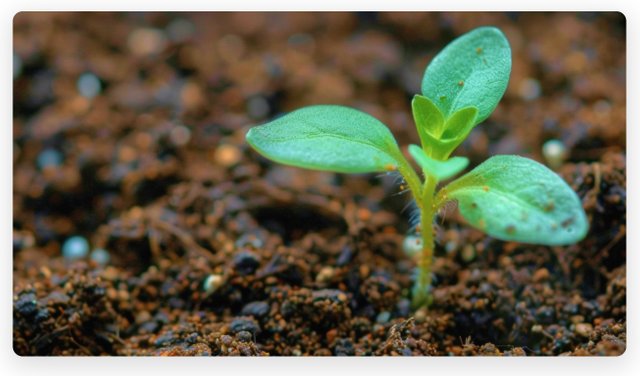
Hello my dear Steemians,
This is the new account “Planetwild” by @stef1 and @myskye. This account is about collecting Steem for the PlanetWild project. Everything we get together here (Steem, SBD, SP) goes to the project. Then let's see what we can do here...


Soil is one of the planet’s most important natural resources. It’s responsible for plant growth, prevents erosion, and is key to fighting climate change.
Dirt, mud, ground, earth… soil is without a doubt one of the world’s most important natural resources. It’s essential for growing the plants we eat, keeping our water clean, drawing carbon from the atmosphere, and is home to countless living organisms. It houses an underworld of fungi, insects, worms, and dead and decaying matter—all of which play a crucial role to support global biodiversity.
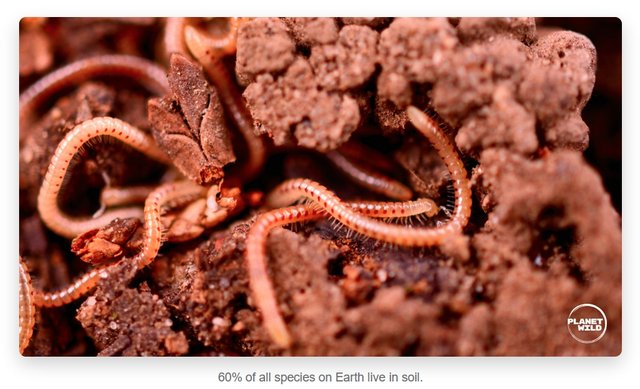
Simply put, without soil there would be no life! For our latest blog we are going to scratch beneath the surface of soil science so you can appreciate how incredible the ground beneath our feet really is.
Soil is a mixture of organic matter and minerals which holds water, air, and microorganisms. It’s the loose top layer that covers most of the land on Earth, and is where many important processes take place. Healthy soil has three main properties:
- Chemical properties: The chemical processes happening in the soil, such as what nutrients are available, the acidity of the soil, salinity, etc.
- Biological properties: These are the microorganisms and organic matter that lives in the soil, such as earthworms, mites, etc, plus their activity and by products.
- Physical properties: These are the characteristics of the soil that we can see, such as texture, soil structure, porosity, permeability, etc.
All of these properties work together to produce rich, healthy soil that’s packed with minerals and great for biodiversity. For example, organic matter produced by plants and animals in the soil is broken down through various chemical processes, which is what’s called decomposition. This decomposition is what returns nutrients and minerals to the earth so that new plants can grow. This is why composting is popular with gardeners. Compost is made up of organic matter such as food waste and manure which is added to the soil to make it rich and fertile for growing plants, crops, and veggies.
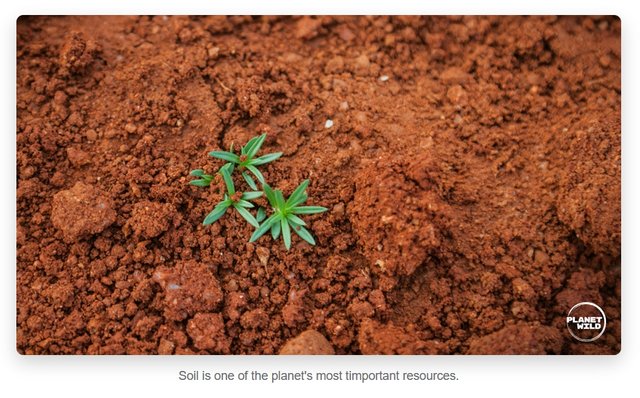
Healthy soil has an abundance of beneficial organisms like microbes, organic matter and minerals. Microbes such as bacteria and fungi work to decompose organic matter, transforming it into nutrients which help plants grow and remove pollutants. Minerals like iron, potassium, magnesium, etc, ensure proper drainage and aeration of the soil. Healthy soil needs a good structure to anchor roots and permeability to allow water to move through it with ease. Soil has several very important ecosystem functions which we have already touched on, and is one of the world’s most valuable resources.
- Soil is responsible for plant growth: In soil, plants set roots, which draw the water and nutrients they need to grow. The roots anchor them in place, and the soil provides protection from toxins.
- Soil regulates the water supply: Soil stores water that’s used by plants, and allows water to seep down into the groundwater. Contaminated water can also be purified as it passes through the soil.
- Soil for recycling: Soil is the planet's enormous recycling center. Waste and organic matter returns to the earth to create new life.
- Home for life: Soil is a habitat for billions of organisms, from worms and insects to mycelium which produces mushrooms and fungi.
- Soil can help us tackle climate change: Gasses are exchanged between the soil surface and the air. Oxygen and methane are absorbed while carbon dioxide and nitrous oxide are released. These chemical processes are what makes soil such a valuable carbon sink.
When we talk about soil and soil health, we are not just talking about one kind of soil in one location. Soil properties and composition are different all over the world, and there are a number of characteristics that make them useful.
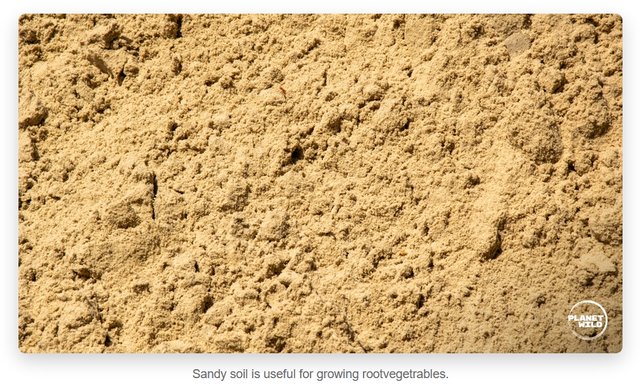
Sandy soil is characterized by its loose, granular texture and large particles. It’s mainly formed from the weathering and disintegration of rocks, especially quartz. Due to its larger particle size, sandy soil allows more water to pass through which helps combat waterlogging.
That said, this makes it less ideal for plants that need a lot of moisture to grow. Its fast drainage also means that sandy soil loses nutrients quickly. Root vegetables (carrots, potatoes), herbs, and certain types of drought-resistant plants like cacti and lavender enjoy sandy soil.
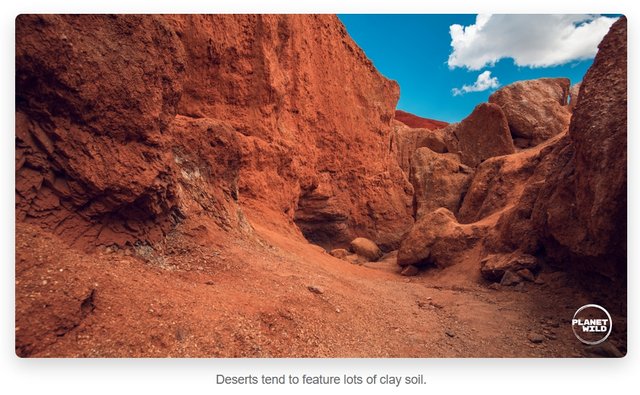
Clay soil is made up of very fine particles that are tightly packed together, which means that it retains water better than other kinds of soil. Clay soil is often heavy, sticky, and wet. This soil is valuable in dryer months because it retains water well, but is prone to flooding during heavy rains.




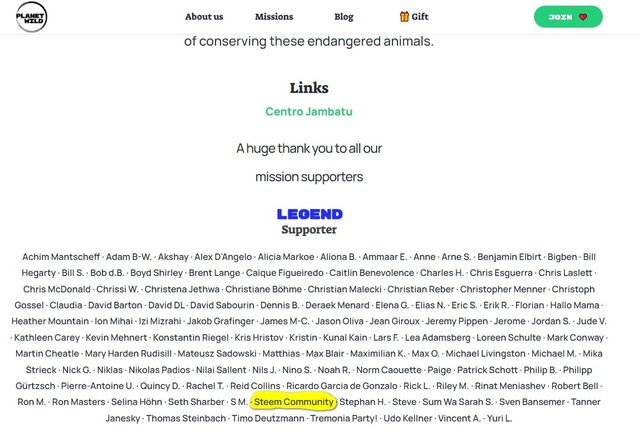
Perfect explanation of the type of soil we actually have and quite interesting to learn about it actually. Most of the times farmers prefer to use the loamy soil
Your post is manually rewarded by the
World of Xpilar Community Curation Trail
BottoSTEEM OPERATED AND MAINTAINED BY XPILAR TEAM
BottoSteem
Robust Automations on STEEM Blockchain using the Power of AI
https://steemit.com/~witnesses vote xpilar.witness
"Become successful with @wox-helpfund!"
If you want to know more click on the link
https://steemit.com/@wox-helpfund ❤️
An interesting topic.
I know all this, but sometimes it's interesting to read it all again, especially since the information is so well structured.